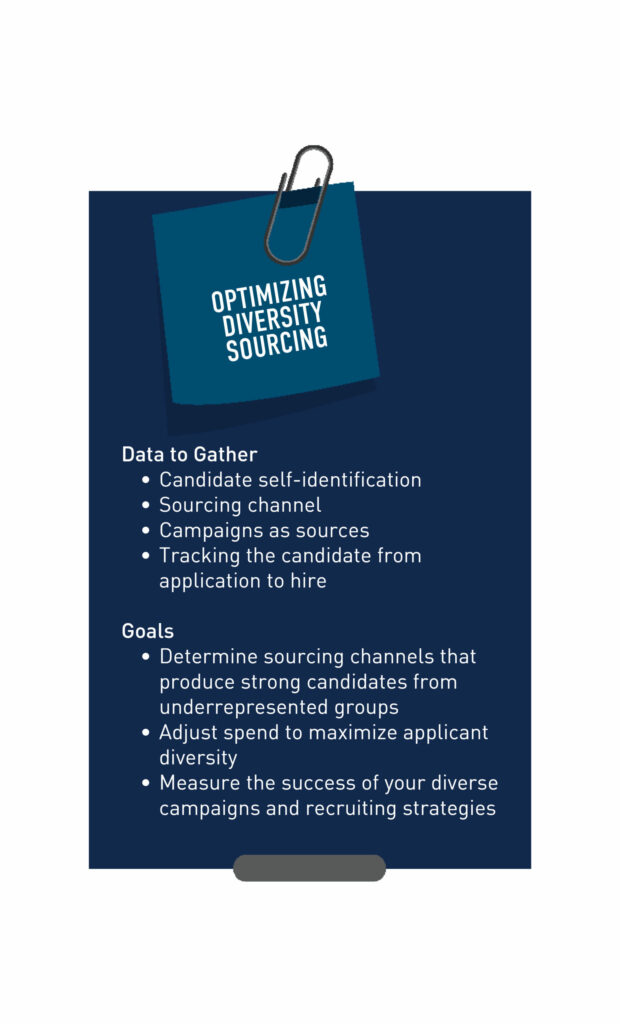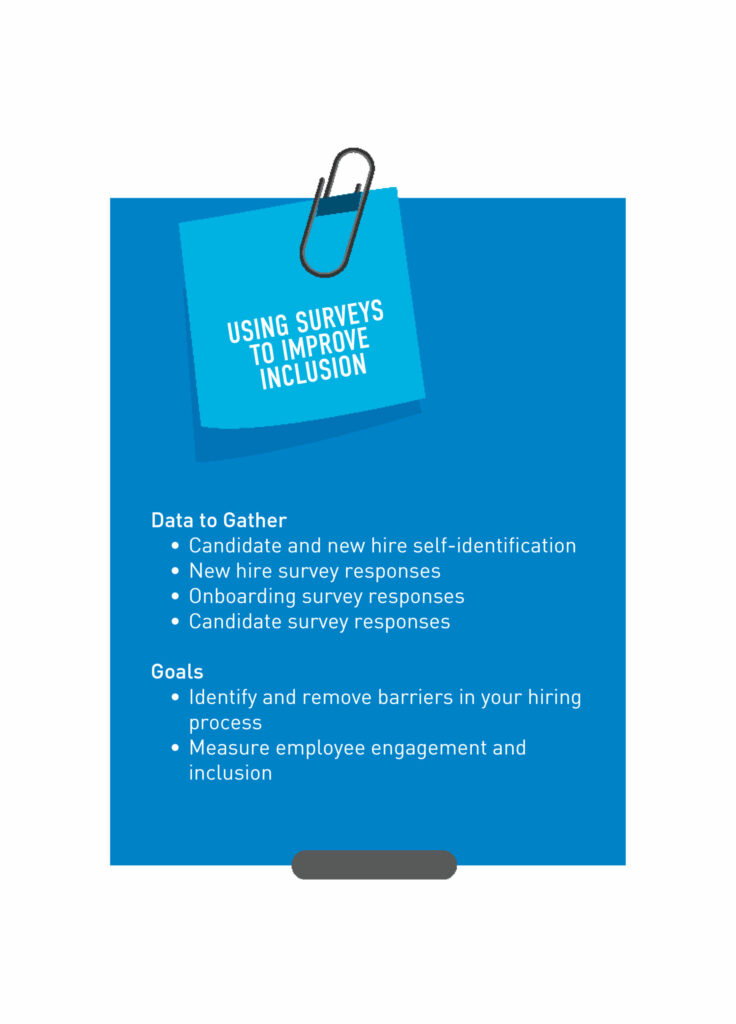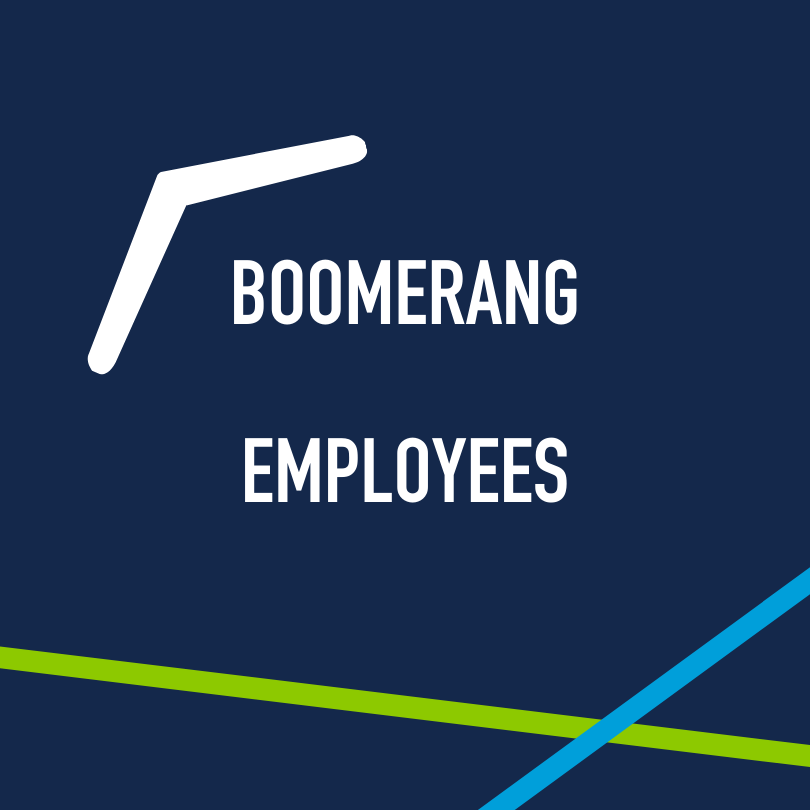Diversity is a top priority for most organisations, and talent acquisition plays an important role. According to PwC, 57% of CFOs are planning to invest in diversity and inclusion initiatives in the next year. However, with investment comes accountability. Without the proper technology tools, you can’t track and report on your progress. As employers continue to prioritise diversity and inclusion (D&I), talent leaders need to invest in analytics tools to understand their contributions toward their organisation’s D&I goals.
Keep reading to learn how the right technology can help you measure and improve diversity and inclusion in your recruitment process.
Diversity Sourcing for a Diverse Candidate Pipeline
You can’t hire diverse candidates without a diverse pipeline, so your D&I efforts must start with diversity sourcing. To deliver build a truly diverse candidate pipeline, you must understand who your candidates are and track which of your sourcing channels and campaigns have brought them into the pipeline.
Understanding who your candidates are requires capturing their demographic information through self-identification as part of the employment application and storing that data in your applicant tracking system (ATS). However, sometimes candidates from underrepresented groups may feel uncomfortable disclosing this information in an application. So, you can also ask for self-identification after you extend an offer or as part of the documentation a new employee completes during the onboarding process.
In addition, tracking the sourcing channel through your candidate relationship management (CRM) software is critically important for measuring your recruitment marketing campaigns, as well as sources. Simply tracking that a candidate came to your careers site through LinkedIn won’t provide comprehensive information. You need to know if a specific campaign on LinkedIn influenced their decision to apply. That way you can draw conclusions about what impact different messaging or designs have on attracting diverse candidates.
Often, these data points are stored in different systems, but a reporting tool can help synthesise your data into visualisations that can help you see trends. Springboard Analytics [KA1] diversity dashboards show how diverse candidates are entering your pipeline in real time. By tracking how candidates progress through your funnel, you’ll understand which sources and campaigns bring in the highest-quality candidates from underrepresented groups. With these insights, you can adjust your sourcing budget and strategy to maximise the channels and promotions that bring in the most and best diverse candidates.
For instance, your diversity dashboard may show that a recruitment marketing campaign you’re running on LinkedIn featuring real diverse employee stories is bringing in far more diverse candidates than the same campaign on Facebook. You could then shift budget from the Facebook campaign to the LinkedIn campaign. Plus, the dashboard can let you compare the LinkedIn campaign featuring diverse employees to a different LinkedIn campaign to see which type of content resonates best with diverse candidates.
Casetudy: Recruitment Marketing to Attract Women
An manufacturing client wanted more women in its predominantly male workforce. We partnered with the company to build out a recruitment marketing initiative featuring the organisation’s female employees. Through their reporting dashboards, our client connected an increase in female applicants and hires directly to the recruitment marketing initiative.

Diversity Pitfalls in Your Process
If you’re bringing a robust line up of diverse candidates into your pipeline, but very few candidates from underrepresented groups are actually hired, you may have a barrier somewhere in your process. In your reporting tool, you’ll be able to identify if a particular step in your process precipitates a drop in candidate diversity.
This could be any number of issues, including:
- an assessment that’s unintentionally introducing bias
- a recruiter or hiring manager who could benefit from more diversity or interview training
- an issue with your employment offers
The right data will help you determine exactly where the issue is occurring and how changes could result in a more equitable recruitment process.
For instance, your reports may show that a recently added video interview step resulted in more underrepresented candidates dropping out of your funnel. Converting the video interview to a phone or on-demand audio interview might improve results.
Similarly, your diversity dashboard may reveal that you have one recruiter or hiring manager with a higher percentage of drop out amongst diverse candidates, which may indicate an opportunity for more training. Or, you could see that candidates from diverse backgrounds are successful, but then turn down your employment offers. This could reveal that your benefits, offer process or employer value proposition are turning off underrepresented candidates.
Similarly, your reporting could show that you have one recruiter or hiring manager with a higher percentage of diverse candidates falling out, which could lead to an opportunity to implement more training. Or, you could see that candidates from diverse backgrounds are successful throughout your recruitment process, but then turn down your employment offers. If that’s the case, then you may want to look at your benefits, offer process or employer value proposition.
The Power of Surveys for Improving Inclusion
Our previous examples focused on improving diversity sourcing and creating equity in the recruitment funnel, but you can also use data to measure and improve inclusion—within the candidate journey and beyond. Your goal is to understand how candidates feel about your hiring process, as well as how new employees feel about your onboarding process and company culture—and the best way to measure this is to simply ask them.
Surveys are a powerful at any point in the talent lifecycle. In fact, you can—and should—survey candidates at different stages of their journey with you. Fortunately, there are a variety of candidate survey tools that you can integrate into your ATS to automatically ask candidates for feedback about their experiences. These responses provide critical insights into where you may be alienating certain candidates.
Despite the power of survey data, very few organisations regularly ask candidates for feedback about the recruitment process. In fact, according to a survey by PeopleScout and HRO Today, only 46% of APAC employers always ask for candidate feedback, while nearly as many (44%) sometimes ask for it. Even then, the practice of obtaining feedback is much higher in the APAC region than in either EMEA or North America, where only 26% and 21%, respectively, always ask for it.
There are two ways to gather information, and it all comes down to the questions that you ask. A strong survey will have a mixture of both scored questions and open text responses. The scores help you identify trends over time, while the text responses provide specifics and can even help you identify things you hadn’t thought to ask about.
When coupled with your recruiting data, survey insights can also help you measure success and identify problem areas. For example, if scores related to the interview experience start to trend downward, reviewing your recruiting data can uncover changing trends that you may need to adjust for. Likewise, if you see more candidates from underrepresented backgrounds dropping out just before or after an interview, you can evaluate and determine why your interview process is negatively affecting candidates. This is why open text responses are so important for providing specific feedback and details about the candidates’ experiences.
Surveys aren’t just important for diversity in the recruitment process. You can also survey new hires to measure inclusion in your onboarding program. A Gartner study featured in the Harvard Business Review identified seven factors that can provide a holistic view of inclusion within your organisation:
- Fair treatment: Employees at my organisation who help the organisation achieve its strategic objectives are rewarded and recognised fairly.
- Integrating differences: Employees at my organisation respect and value each other’s opinions.
- Decision-making: Members of my team fairly consider ideas and suggestions offered by other team members.
- Psychological safety: I feel welcome to express my true feelings at work.
- Trust: Communication we receive from the organisation is honest and open.
- Belonging: People in my organisation care about me.
- Diversity: Managers at my organisation are as diverse as the broader workforce.
if your survey finds that new hires from underrepresented backgrounds feel less of a sense of belonging or less safe expressing their true feelings at work, you can evaluate and improve your onboarding process and, through further surveys, measure the influence of any changes you make..

These factors would be a good basis from which to craft your onboarding survey. If your survey reveals that new hires from underrepresented backgrounds don’t feel a sense of belonging or feel less safe expressing their true feelings at work, you can evaluate and improve your onboarding process. Then, through further surveys, you can measure the impact of any changes made.
As you continue to work toward improving diversity and inclusion , having the right tools in place to identify opportunities for improvement and measure success at your organisation is critical. As a talent acquisition leader, you play an important role in D&I, and a trusted ATS technology partner can provide you with valuable insights into your diversity recruitment trends.
To learn more about what how Springboards ATS technology can help diversify your talent acquisition pool, contact Chris Broadway via [email protected] or book a meeting using the link below.




